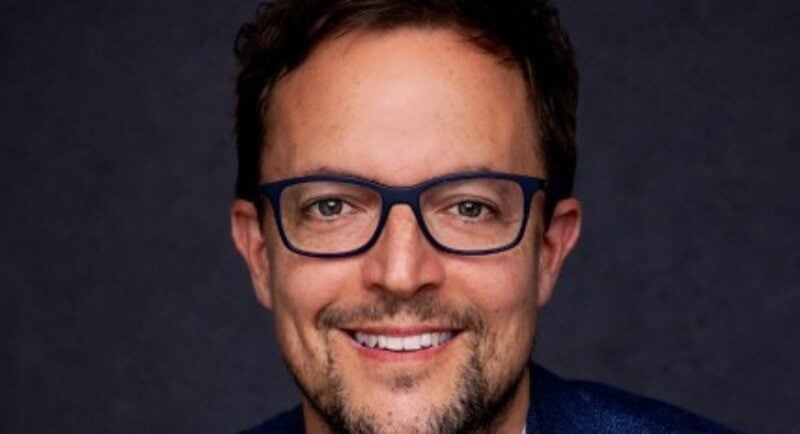By Rob Farmer, director of The Inside Out
“Ads are a tax on the poor,” according to New York University Marketing Professor Scott Galloway. “You know your life hasn’t worked out if you’re watching a lot of ads.”
I take on board a lot of what The Prof G says – he drops business insight like a Netflix special. But this smacks of cabana chat between middle-aged men in the Hamptons.
Even if it’s just speaking-gig bait, it’s evidently wrong about where audiences are at, and it distracts from the real dangers for marketers trying to reach and convert them.
Some recent numbers about audiences and ads:
- Of YouTube’s 5bn global users, only about 4% pay for the premium ad-free service, 96% are ok with ads. Global YouTube ad revenues in 2023 were up 8% year-on-year to US$31.5bn.
- Video ads on TikTok interrupt like the best of them. Sources estimate TikTok’s global ad revenue climbed to over US$13bn in 2023. And that’s not counting influencers’ ‘organic branded content’ on the platform, posh words for another kind of ad.
- Netflix’s new ad tier has grown to over 23 million monthly users, reportedly leading the business to phase out its lowest ad-free tier. Others, like Prime Video, have followed suit by simply adding ads.
- Podcasting’s ascent to the mainstream has been fuelled by ad-funded free access, via Spotify, Apple and YouTube. Luminary launched in 2019 to much fanfare offering a paid ad-free alternative, and today it limps along with podcasters leaving to find a bigger audience.
- Here in Australia, the very latest development in streaming aggregation is going to market with a major ad campaign featuring Hamish Blake dressed as a green puck.
So, it’s fair to say that the value exchange with advertising remains a feature of the new attention economy. For all kinds of audiences. Galloway’s not a man of the people here.
But this is the growing danger: with so many different formats, contexts, audience communities and metrics, online and off, it’s never been easier to be busy creating ‘cultural landfill.’ That phrase coined by adam&eve founder David Golding.
It’s never been easier to pump out unrelated communications and little that lasts.
The creative has never been more dependent on the media strategist, the connections thinker, whatever you want to call them, to map the WHERE and HOW for the audience. Because maxing unduplicated reach, getting in front of all the non-customers you need to be in front of, not just customers, and adapting to all the different contexts, has never been more complex.
Extra discipline is needed, in the face of this, to make coherent assets and experiences that build lasting recognition and demand-driving associations in the minds of many, and that neatly connect with purchase journeys and customer experiences.
I realise that talking about bringing the media WHERE/HOW (including social) and creative WHAT closer together end-to-end, starting from the brief, is very far from original.
Full-service indies like Thinkerbell and Howatson&Co have media and creative baked in. Some holding group agencies are full-service. Some indies and not-indies are in a strong collaboration, appreciating their mutual dependency, like +61. You can get there via people from different companies collaborating as one, or via being one company.
But my exposure to thousands of media briefs and the experience of others I talk to show that, more often than not, media and creativity are not in lock-step, particularly across online platforms.
For example:
The social influencer-branded content doesn’t have any message integration with the video ads across BVOD and linear TV.
The digital media sponsorships aren’t using any long-standing distinctive brand assets, like audio logo or creative line.
The social video boosted for reach hasn’t been created with the typical (brutal) watch-through rates on the platform in mind.
The TikTok video is the same as the Instagram video.
All risk being cultural landfill, whether from low relevance to the audience context, or from low contribution to lasting brand assets and associations in people’s minds.
In performance marketing, the short-cycle intensity of AB testing tends to force media and creative to get tight; in longer-term demand creation across platforms, it’s easier for different efforts to get loose.
Clearly, clients have a role to play to help the team operate as one. But this deep into the digital era, well post-Sorrell, one of the champions of their original separation, it strikes me as service industry self-sabotage for strong media+creative relationships still not to be The Norm. The revolutionary new tech coming up fast will likely make it easier and faster to better connect these dots, but the humans driving the machines can join up better, too.
It’s looking like there will at least be more time freed up for this timeless task.
—

